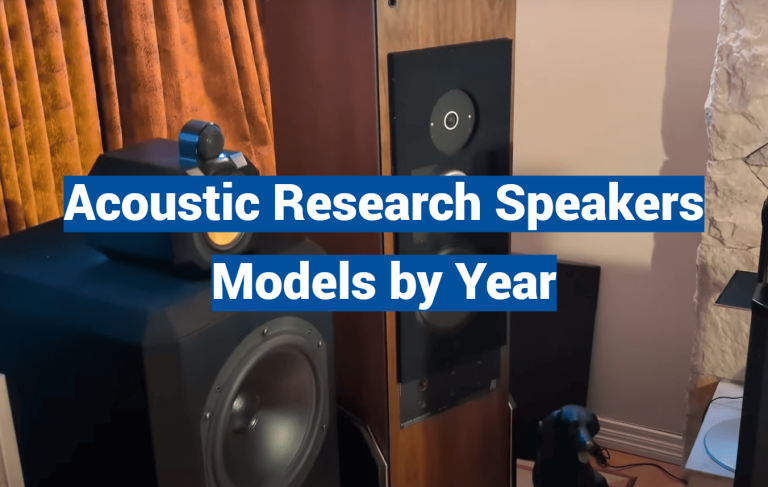What Does Wattage Mean for Speakers?

When shopping for speakers, whether for your home audio setup, car, or professional sound system, you’re likely to encounter terms like “wattage,” “power handling,” and “RMS.” These specifications can be confusing for beginners and even intermediate audio enthusiasts. Understanding what…







